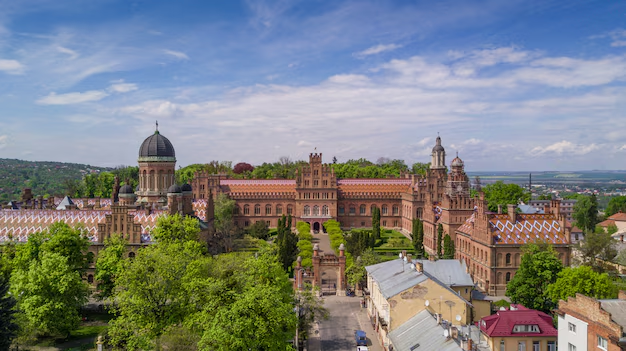Harvard’s Secret Societies: Myths and Realities Harvard University, one of the oldest and most prestigious universities in the world, is not only known for its academic excellence but also for its rich history of secret societies. These societies have long intrigued outsiders and often sparked rumors and conspiracy theories. But what’s the truth behind these organizations? Let’s explore the myths and realities of Harvard’s secret societies. The Myth of Power and Control One of the most persistent myths surrounding Harvard’s secret societies is that they control powerful institutions in the United States, including the government, banks, and media. This myth often conjures images of shadowy figures pulling the strings of global politics. While it’s true that many prominent politicians, business leaders, and intellectuals have been members of these societies, there is no concrete evidence to suggest that they exert control over major institutions in the way that conspiracy theorists claim. The reality is that these societies are more about networking and building lifelong relationships than orchestrating world-changing events. Members may go on to achieve influential positions, but their success is more often attributed to their individual talents and hard work than secretive manipulation. The Myth of Exclusivity Many people believe that Harvard’s secret societies are so exclusive that they only admit a select few based on wealth, legacy, or influence. This is partly true—Harvard’s most famous societies, like the Skull and Bones and the Porcellian Club, have historically had a reputation for admitting members from wealthy, elite families. However, this idea of exclusivity is not as absolute as it seems. Today, while some societies maintain their traditions, others have evolved to become more inclusive. Membership is still highly competitive, but it’s not entirely dependent on one’s social status. Many students are chosen for their leadership qualities, academic achievements, or talents in various fields. The Myth of the “All-Important” Final Year Another common myth is that Harvard’s secret societies only accept members in their final year, where the selection process is shrouded in secrecy. In reality, while most societies traditionally choose members during their junior year, some may select members earlier. The selection process is often conducted by current members, who look for students who demonstrate leadership potential and commitment to the university. While the process remains secretive, it is not as mysterious as the myth suggests. Students often have a good idea of who the members are based on campus interactions, and some societies even host events that make it easier for potential candidates to network with existing members. The Reality of Social and Cultural Influence Many of Harvard’s secret societies, particularly the more traditional ones, are tied to the social and cultural fabric of the university. They often provide opportunities for socializing, networking, and professional development. For some, membership serves as a stepping stone to building influential networks that can be beneficial in their careers. These societies often organize events, dinners, and gatherings that bring together students, alumni, and prominent figures from various fields. However, it’s important to note that Harvard has a wide range of student organizations, from political clubs to academic societies, that offer similar opportunities without the secrecy and exclusivity associated with secret societies. The Myth of Illicit Activities Some people speculate that Harvard’s secret societies are involved in illicit activities, ranging from underground rituals to illegal business dealings. This idea has been fueled by fictional portrayals in books and movies. While it’s true that some societies have been involved in playful or controversial traditions, there is no evidence to suggest that they engage in any illegal activities. Most secret societies focus on creating a space for their members to connect, share ideas, and create lasting friendships. They provide an opportunity for students to step outside the conventional college experience and engage with like-minded peers on a deeper level. Conclusion Harvard’s secret societies are a fascinating part of the university’s history, filled with a mix of myths, rumors, and facts. While they have an air of mystery and exclusivity, their real influence is more about social connection, professional networking, and creating a sense of community among students and alumni. Despite the many myths, these societies are not as powerful, secretive, or illicit as they are often made out to be. Instead, they serve as a unique and interesting aspect of Harvard’s complex social fabric.
